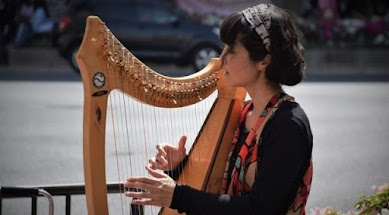The significance of the tri-color in Irish culture
One of the most recognizable representations of Ireland is the tricolor, popularly known as the Irish flag. The flag, which is made up of three equally spaced vertical bars of green, white, and orange, is very important to Irish history and culture.
Together and independently
Thomas Francis Meagher created the tri-color in 1848. The flag was meant to stand for Irish nationalism and serve as a symbol of harmony between the Catholic and Protestant communities in Ireland. The white stripe reflects the desire for peace and togetherness between the two groups, while the orange and green stripes stand for the Protestant and Irish nationalist traditions respectively.
First flown in Ireland during the Young Irelander Revolt of 1848, the flag swiftly came to represent Irish resistance to British tyranny. Also used during the Easter Rising of 1916, the flag emerged as a potent representation of the fight for Irish independence.
Pride in oneself
The tricolor is still a significant part of Irish identity and culture today. It is frequently used as a sign of pride and patriotism by Irish people all over the world and is flown on public buildings and at sporting events.
The tricolor also represents Ireland's lengthy and intricate history. It acts as a reminder of the value of peace and harmony in a divided nation and represents the hardships and victories of the Irish people.
The tricolor has recently come to stand for Ireland's position in the international community. Ireland is frequently viewed as a source of inspiration and optimism for people all over the world because it is a small nation with a rich cultural legacy.
I'll sum up by saying that in Irish culture, the tricolor represents pride, freedom, and identity. It acts as a reminder of the significance of peace and unity while also representing the struggles and victories of the Irish people. For many years to come, the tricolor will serve as a representation of Irish pride and nationalism. It is an important component of Ireland's cultural history.




Comments
Post a Comment